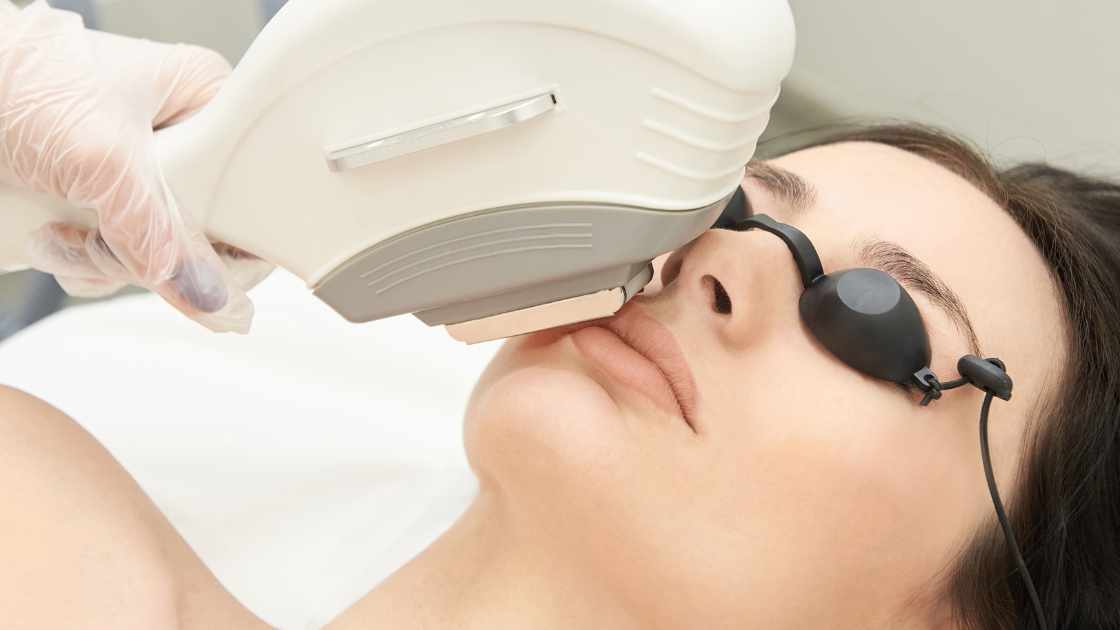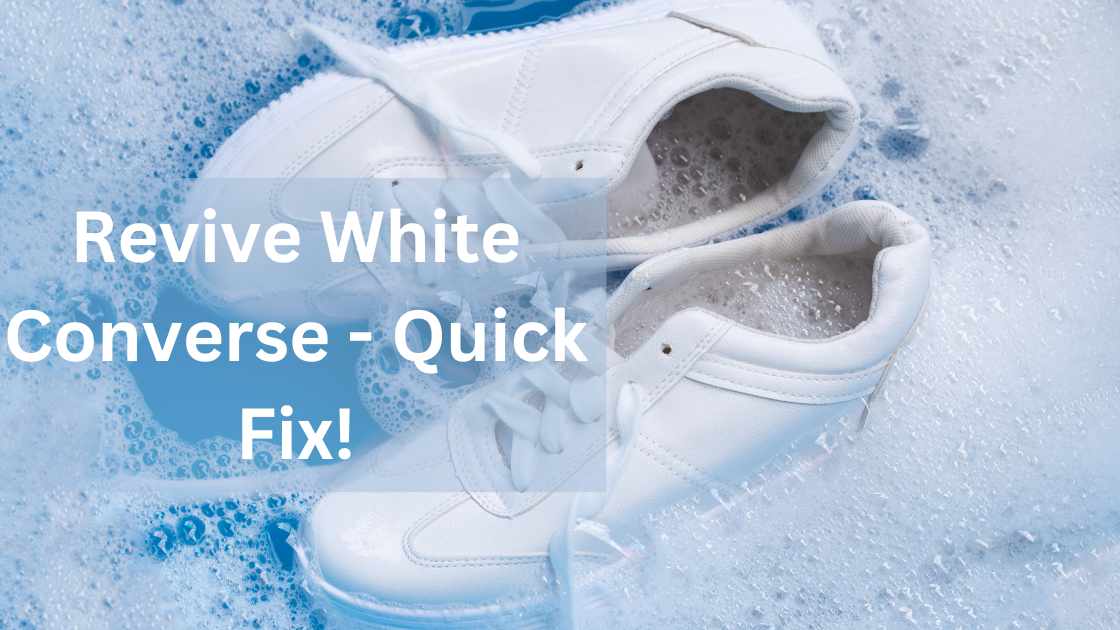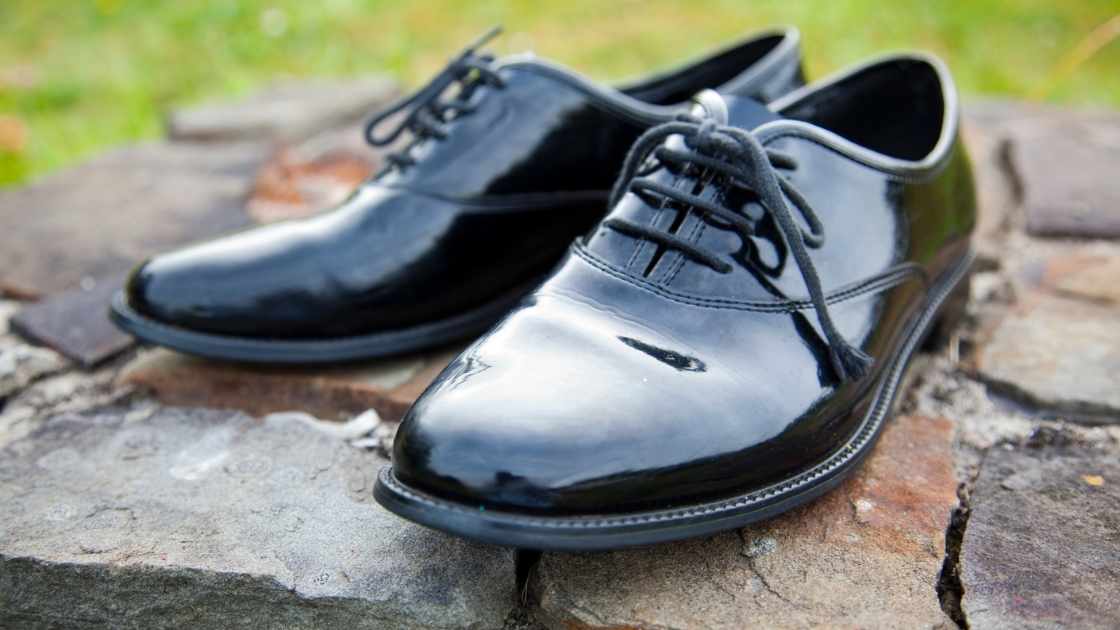Nail Care Essentials: A Guide to Caring for Acrylic Nails
Acrylic nails are a popular choice for those seeking long-lasting and durable manicures. However, proper care is essential to maintain their appearance and integrity. Whether you’re a seasoned acrylic nail enthusiast or considering getting them for the first time, understanding how to care for them is crucial. In this comprehensive guide, we’ll walk you through the essential steps to keep your acrylic nails looking fabulous and in top condition.
The Ultimate Guide: How to Take Care of Acrylic Nails
Avoid Excessive Moisture
While acrylic nails are durable, prolonged exposure to moisture can weaken them and cause lifting. To prevent this, wear gloves while doing dishes, cleaning, or swimming. If your nails do get wet, gently pat them dry with a soft towel and avoid soaking them for extended periods.
Keep Nails Hydrated
Despite avoiding excessive moisture, it’s essential to keep your natural nails hydrated to maintain their health and prevent them from becoming brittle. Apply cuticle oil regularly to the nail beds and surrounding skin to nourish and moisturize. This helps prevent cracking and lifting around the cuticles, prolonging the lifespan of your acrylic nails.
Be Gentle with Your Nails
Acrylic nails are strong, but they’re not indestructible. Avoid using your nails as tools for tasks like opening cans or scratching off stickers, as this can cause them to chip or break. Instead, use appropriate tools for these tasks to prevent damage to your acrylics.
Regular Maintenance
To keep your acrylic nails looking their best, schedule regular maintenance appointments with your nail technician. This typically involves filling in the growth gap at the base of the nails every 2-3 weeks to maintain their shape and appearance. Additionally, if you notice any lifting or damage to your acrylics between appointments, don’t hesitate to seek professional help to avoid further issues.
Protect Your Nails
Apply a clear topcoat or nail polish to your acrylic nails to protect them from chipping and scratching. This not only enhances their appearance but also adds an extra layer of protection against daily wear and tear. Be sure to use non-acetone nail polish remover when changing nail colors to avoid weakening the acrylics.
Avoid Harsh Chemicals
Certain chemicals found in household cleaning products, such as acetone and bleach, can weaken acrylic nails and cause them to lift or become discolored. Wear gloves when using these products to protect your nails, or better yet, delegate cleaning tasks to minimize exposure.
Know When to Remove Them
While acrylic nails can last several weeks with proper care, it’s essential to know when it’s time to remove them. If you notice significant lifting, breakage, or signs of infection (such as redness or swelling around the nail beds), it’s best to have them professionally removed to prevent further damage to your natural nails.
FAQs
Can I use regular nail polish on acrylic nails?
Yes, you can use regular nail polish on acrylic nails. However, it’s essential to use a non-acetone nail polish remover when changing colors to avoid weakening the acrylics. Additionally, applying a clear topcoat or nail polish can help protect the acrylics from chipping and scratching, enhancing their longevity.
How often should I moisturize my acrylic nails?
It’s recommended to moisturize your acrylic nails and surrounding skin daily to keep them hydrated and prevent drying or cracking. Use a cuticle oil or moisturizing cream and massage it into the nail beds and cuticles to nourish and moisturize.
Can I do household chores with acrylic nails?
While acrylic nails are durable, it’s best to avoid using them as tools for tasks like opening cans or scrubbing surfaces. Prolonged exposure to harsh chemicals found in household cleaning products can weaken acrylic nails and cause them to lift or become discolored. If you must do chores, wear gloves to protect your nails from damage.
Final Thought
By following these tips, you can ensure that your acrylic nails remain beautiful and well-maintained for weeks to come. With proper care and attention, you can enjoy the long-lasting benefits of acrylic nails without compromising the health of your natural nails. So, flaunt those flawless fingertips with confidence and style!










